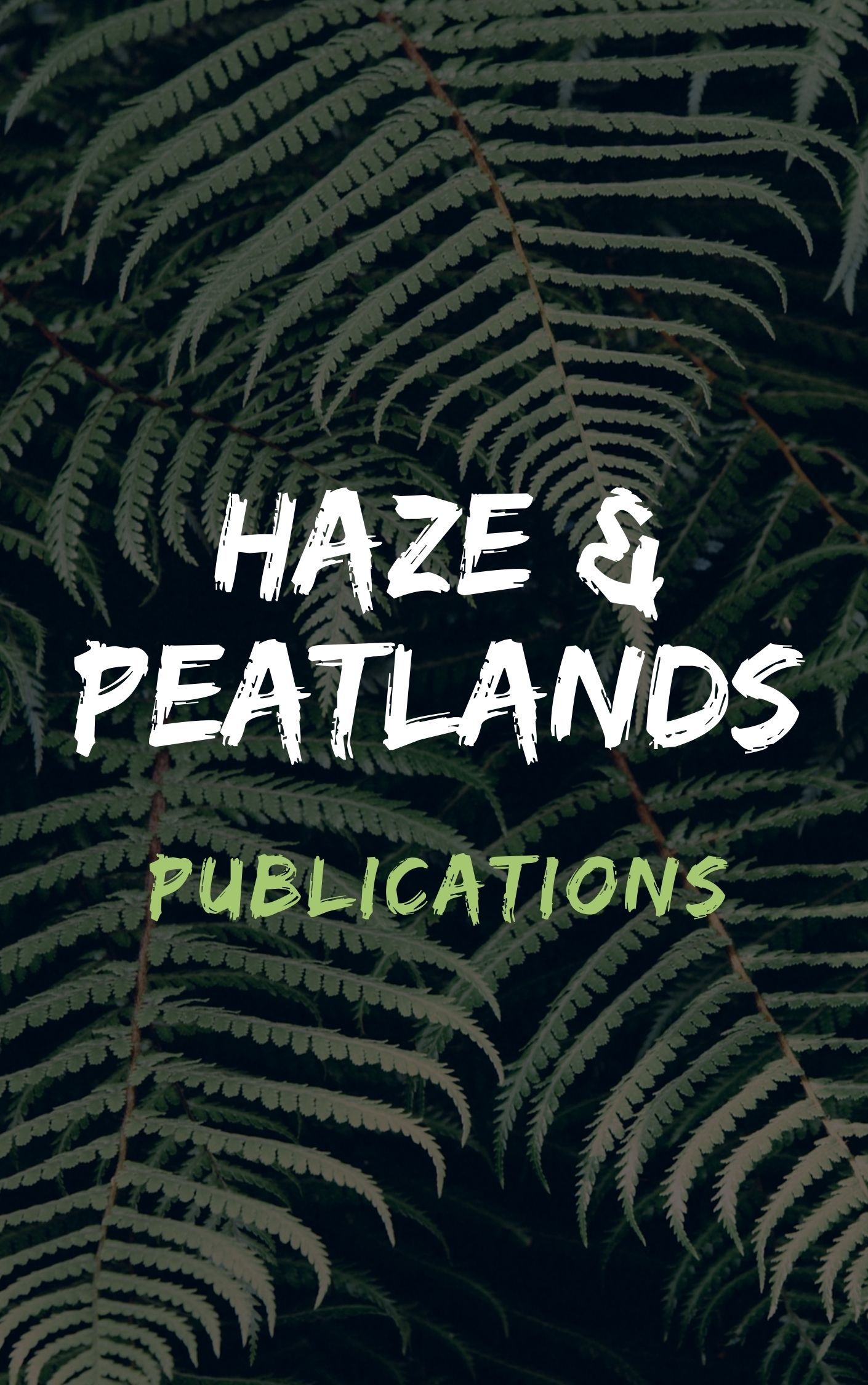Peat-swamp forests harbour diverse animal communities, but they are also highly prone to forest fires. Between January 2017–February 2018, we carried out a camera trapping survey of animals in a mixed peat-swamp forest partly affected by El Niño driven forest fires in 1998. This survey was conducted in the Klias Forest Reserve (KFR), of western Sabah, Malaysian Borneo. In addition to natural regeneration, the burnt areas in this peat forest have undergone active forest rehabilitation since 2006, including enrichment planting with indigenous tree species. We identified 22 animal species (16 mammals and six birds) in the surveyed areas including common and rarer species of high conservation value. The richness of animal species detected in the rehabilitated (formerly burnt forest) and the nearby intact (unburnt) forest areas was generally comparable. The similarity of detected animal species composition in each forest condition was also high (74% for all animal species combined; 86% for mammal species). Additionally, six of the seven most frequently photographed species did not show any significant difference in daytime and nighttime activity patterns in the rehabilitated as compared to intact forest. Interestingly, mousedeer species (Tragulus napu and T. kanchil) were found to be significantly more active during the daytime in intact (unburnt) forest compared to the rehabilitated. However, we suspect higher daytime mousedeer activity in intact areas is a behavioural adaptation to increased hunting pressure at night in this forest rather than a result of the local habitat conditions. Overall, our findings suggest that the rehabilitated mixed peat-swamp forest burnt 20 years ago, acts as an important functional extension to the intact forest of the KFR ecosystem and provides useful additional habitat for animal conservation. © National University of Singapore.
View source

